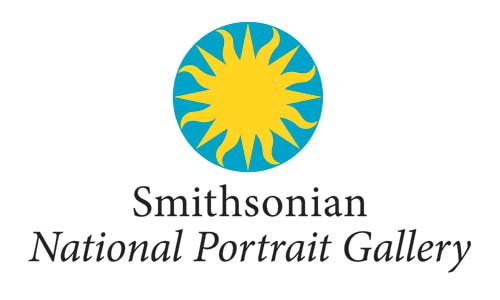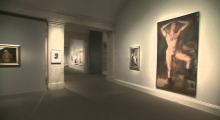Medium
Location
People
Video Type
Discussion by David C. Ward, co-curator of “Hide/Seek" and Historian at the National Portrait Gallery.
When the great romantic modernist poet Hart Crane committed suicide, artist Marsden Hartley memorialized him by reverting to the style in which he had painted Karl von Freyburg (see Painting No. 47, Berlin in this exhibition). Crane and Hartley had a difficult relationship in which the always fastidious Hartley disparaged Crane’s careless ebullience and love for cruising Manhattan’s streets. Packed into “Eight Bells Folly” were references to Crane’s age (thirty-three), his life, his death by jumping off a ship, and, above all, his poetry. Over the entire painting looms a blood-tinged sun (Crane died at high noon, or "eight bells") and two arcs symbolizing the subject of Crane’s great poem, “The Bridge” (1930). Put off by Crane, yet fascinated by him, Hartley signaled his ultimate connection to Crane by calling him, in a memorial poem, Hermano--or brother.
"Hide/Seek: Difference and Desire in American Portraiture" was on view at the National Portrait Gallery, Smithsonian Institution, from October 30 through February 13, 2011
For more on the exhibit, visit the exhibit website at: http://npg.si.edu/exhibit/hideseek .
Marsden Hartley (1877-1943) Oil on canvas, 1933 Frederick R. Weisman Art Museum at the University of Minnesota, Minneapolis; gift of Ione and Hudson D. Walker
Comments
Brought to you by NPG






